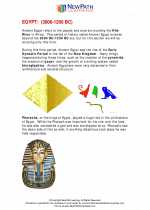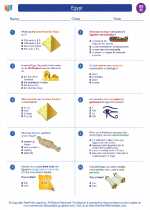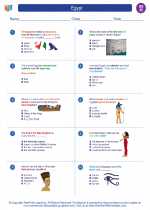History of Eastern Orthodoxy
The history of Eastern Orthodoxy can be traced back to the early Christian church, with its roots in the Byzantine Empire and the patriarchates of Antioch, Alexandria, Jerusalem, Constantinople, and Rome. The Great Schism of 1054 marked the formal split between the Eastern Orthodox Church and the Roman Catholic Church, leading to distinct theological and cultural differences.
Beliefs and Practices
Eastern Orthodoxy places a strong emphasis on tradition, liturgy, and the mystical experience of God. The church is governed by a hierarchy of clergy, with the patriarch or bishop of Constantinople considered the "first among equals" among the various patriarchs and bishops. The Orthodox Church also upholds the seven sacraments, including baptism, chrismation, Eucharist, confession, marriage, holy orders, and anointing of the sick.
Iconography and Religious Art
One distinctive feature of Eastern Orthodoxy is its use of icons, which are religious images that hold significant spiritual and theological meaning. Icons are venerated as a means of connecting with the divine and are often found in Orthodox churches and homes. The veneration of icons is an integral part of Orthodox worship and spirituality.
Key Figures and Influences
Important figures in Eastern Orthodoxy include early church fathers such as St. Basil the Great, St. John Chrysostom, and St. Gregory of Nyssa, as well as theologians and mystics like St. Gregory Palamas. The influence of Eastern Orthodox Christianity extends to the development of Byzantine art and architecture, as well as the preservation of ancient Christian traditions.
Comparison with Other Christian Traditions
Eastern Orthodoxy differs from other Christian traditions, such as Roman Catholicism and Protestantism, in its emphasis on divine mystery, the role of the church as the mystical body of Christ, and its distinct theological perspectives on salvation, the nature of sin, and the authority of tradition.
.



